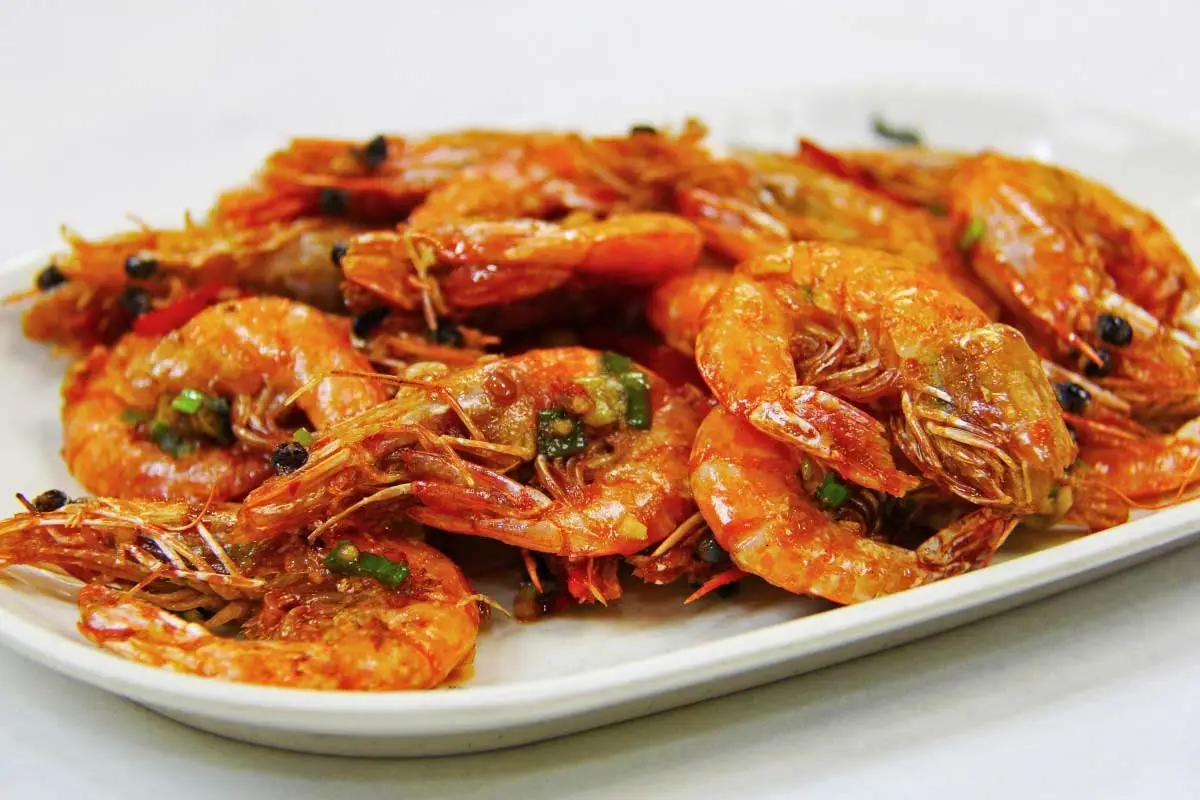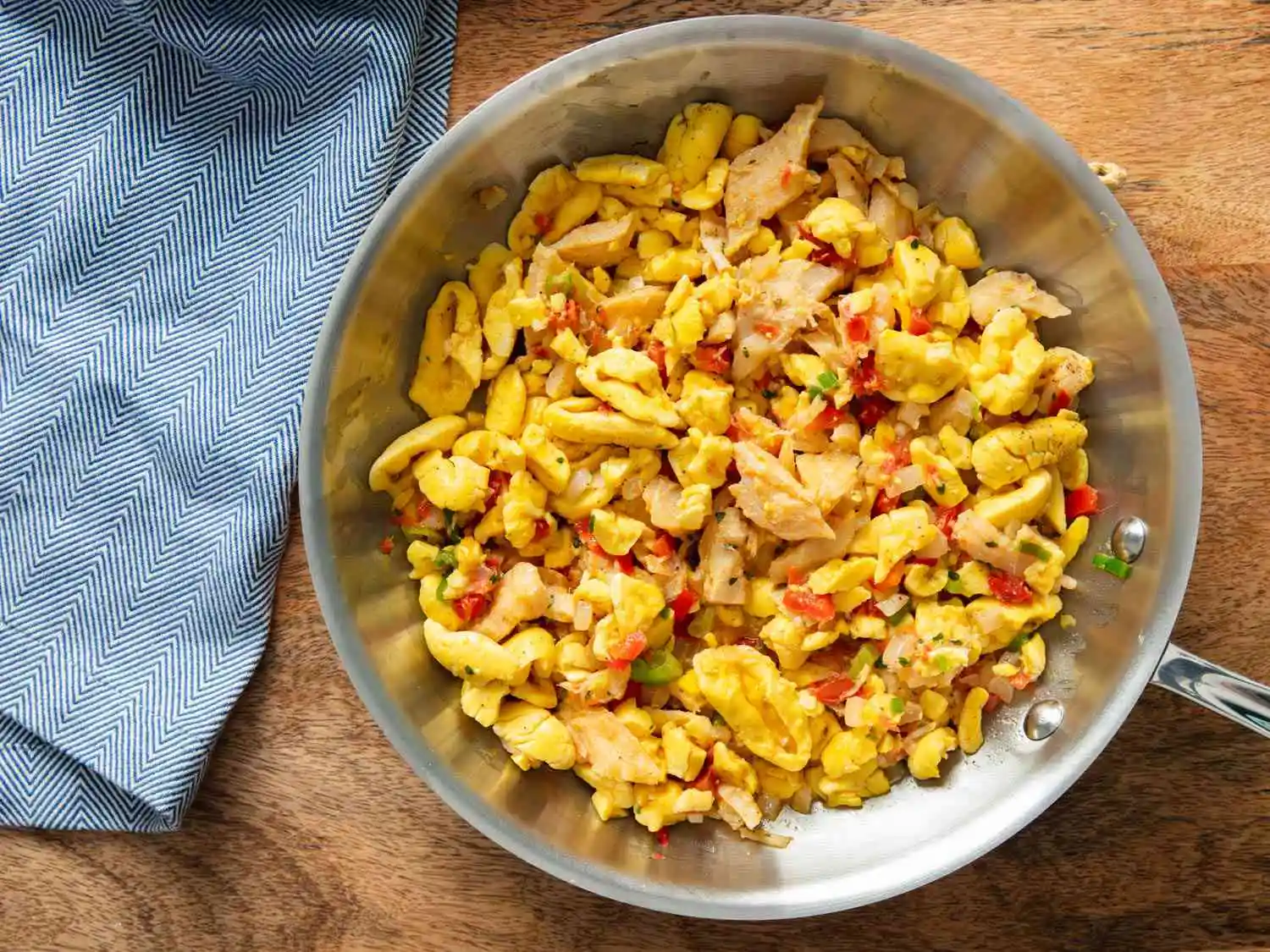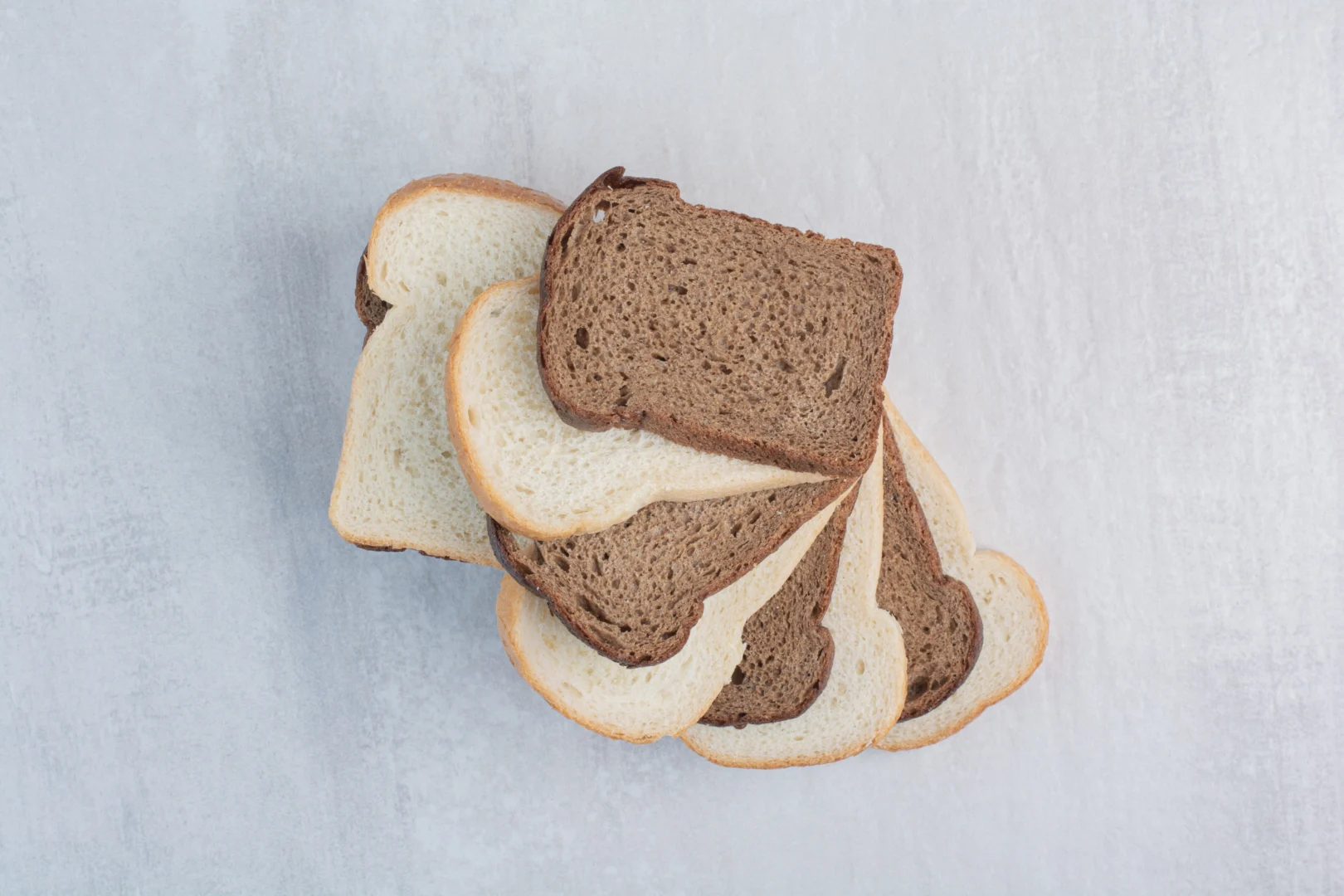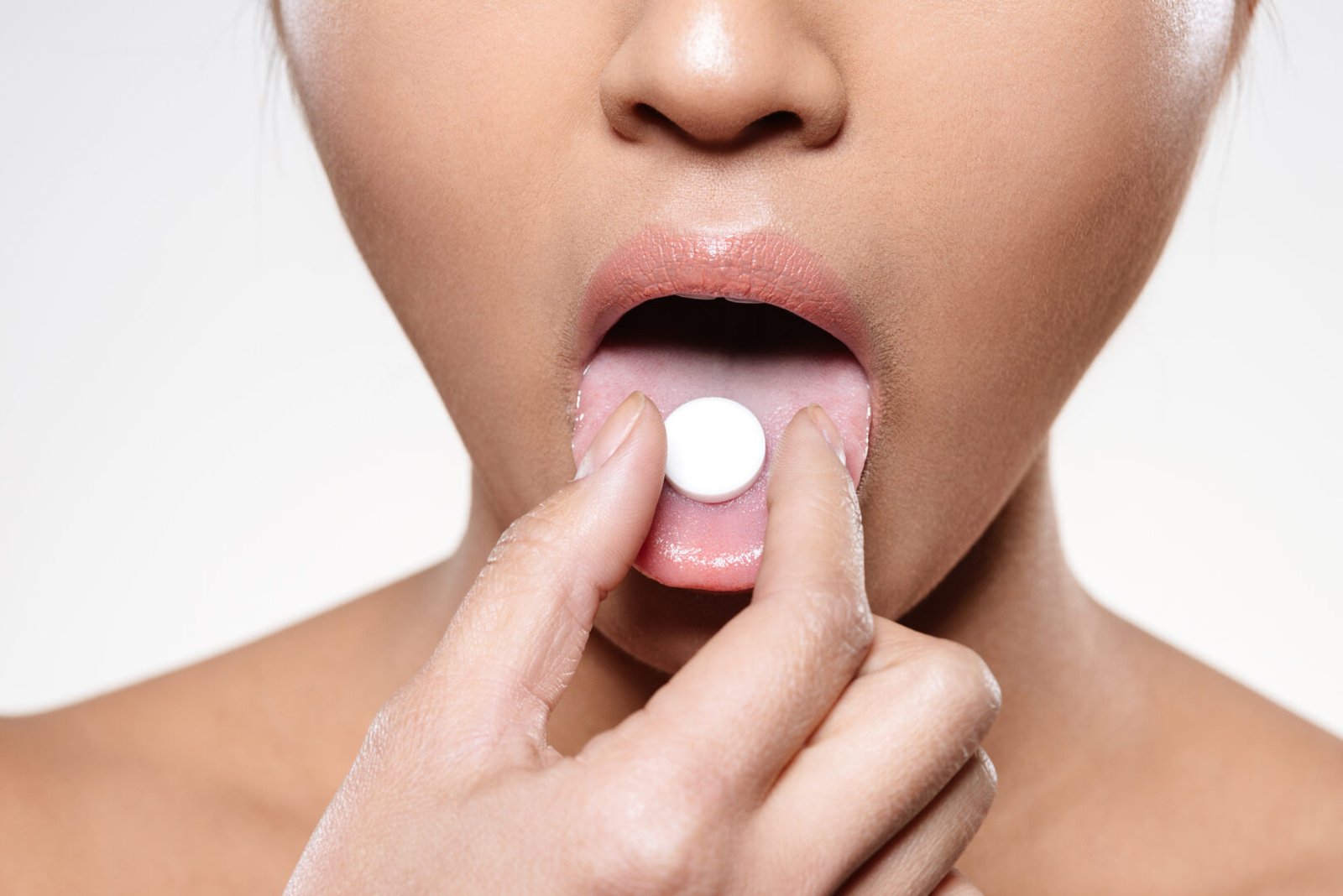30 Days of Juicing: My Journey, the Benefits, and What I’ve Learned
What I Discovered After 30 Days of Juicing From Energy Boosts to Hidden Challenges
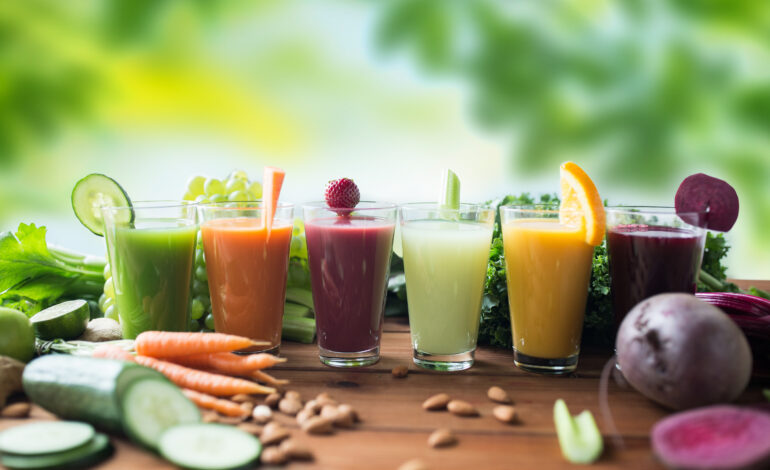
- PublishedMay 1, 2025
If you told me a month ago that I’d be embarking on a 30-day juicing challenge, I probably would’ve laughed it off. After all, I’ve always been a firm believer in balance when it comes to my diet—fresh whole foods, balanced meals, and the occasional indulgence. But with the buzz surrounding juicing and its supposed health benefits, I figured, “Why not give it a shot?”
So, I committed. I bought the juicer, stocked up on fruits, veggies, and herbs, and dived into 30 days of liquid meals, and let me tell you: it was eye-opening.
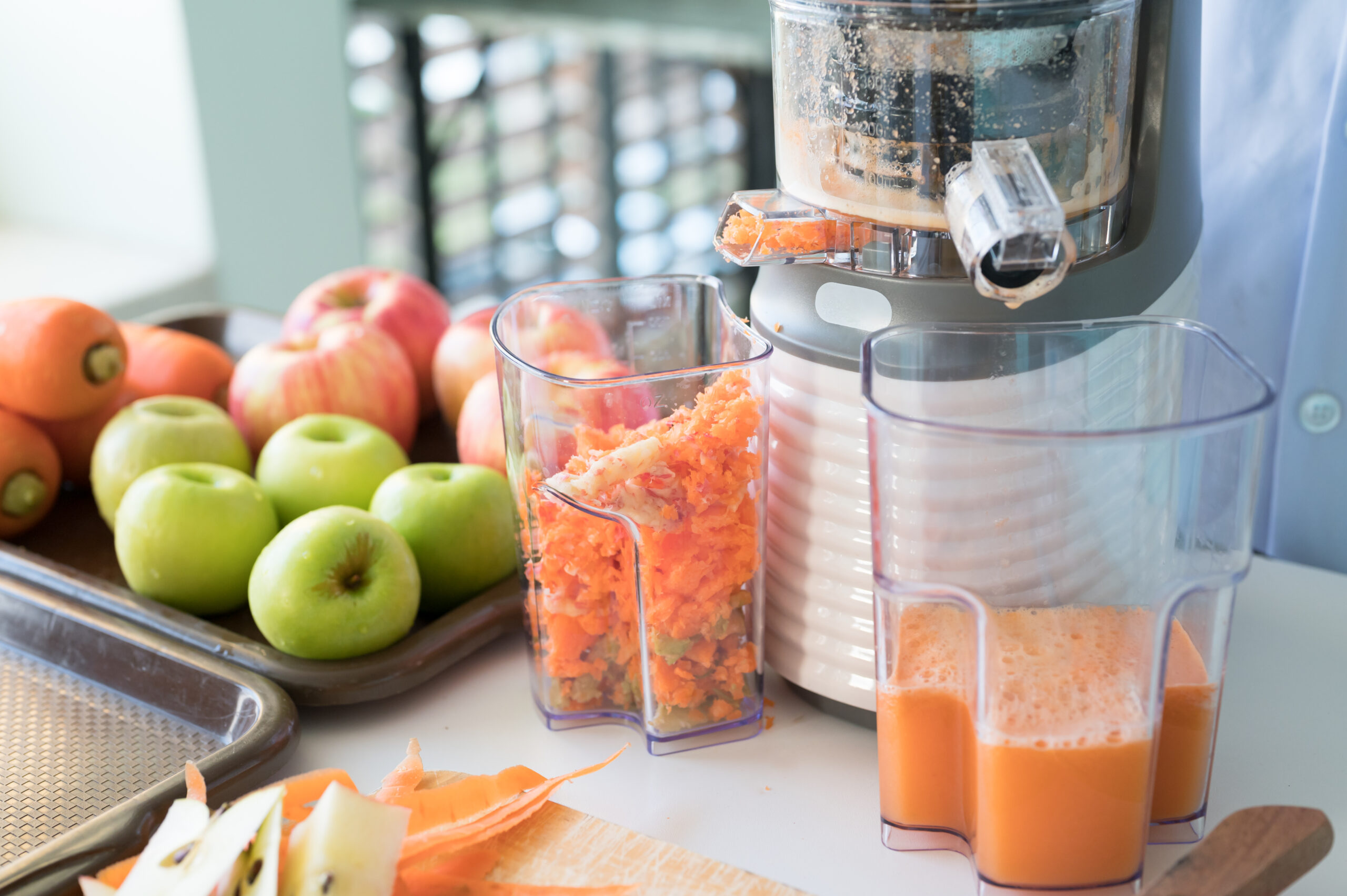
The Good: A Burst of Freshness and Energy
Let’s talk about the positives first. Juicing has introduced me to a whole new world of flavor and energy. In the first week, I immediately felt a surge in energy levels. The combination of fruits like apples, oranges, and pineapples, alongside veggies like kale, spinach, and carrots, gave me a fresh boost I hadn’t expected. I wasn’t feeling that usual afternoon slump, and I was waking up feeling more refreshed, even though I was only getting a normal amount of sleep.
Another benefit I noticed? My skin. I’ve always had fairly clear skin, but after a couple of weeks, I noticed a certain glow. The antioxidants in the greens and the vitamin C from fruits seemed to be having a positive effect. My face felt less dull, and I could visibly see an improvement in texture and tone.
The Downsides: Not as Simple as It Seems
As much as I enjoyed the initial energy and skin boost, there were some significant downsides to juicing that I couldn’t ignore.
1. The Sugar Factor
Let’s be real: fruit juices can get pretty sugary. Even though the sugar in fruits is natural, consuming juice made with large amounts of fruit means you’re ingesting a lot of sugar at once. As someone who’s mindful of my sugar intake, I noticed some slight blood sugar fluctuations. I would feel an energy spike after consuming juice but also experience a drop shortly afterward. At times, this left me feeling a little shaky or irritable. For me, the key was
to find a balance with the fruit-to-veggie ratio, but this can be tricky for anyone who has blood sugar concerns, like those with diabetes.
Read About: Coffee Enemas: Detox or Dangerous Trend?
2. Missing the Fiber
Another noticeable downside was the lack of fiber. Juicing removes most of the fiber found in whole fruits and vegetables, and that left me feeling less full. Unlike a hearty salad or whole fruit, juice wasn’t as satisfying in terms of satiety. I found myself getting hungry much faster and needing to snack between juices. This can be particularly challenging if you’re trying to replace a meal or rely on juice as a primary source of nutrition.
3. Convenience Factor
Preparing juices every day takes time—a lot of time. The washing, chopping, juicing, and cleaning afterward became a bit of a chore. While I loved the fresh taste, it started to feel like a major commitment. On busier days, the temptation to grab a smoothie or a pre-made juice from the store was strong. But let’s face it: store-bought juices are usually loaded with extra sugar or preservatives, so I didn’t feel like I was getting the full benefits of fresh, homemade juice.
The Takeaway: Juicing as a Supplement, Not a Lifestyle
After 30 days, I’ve learned a few important lessons. Juicing can be an excellent supplement to a healthy lifestyle, but it’s not a miracle solution, and it’s certainly not something I would recommend using as a sole diet.
I saw some benefits—more energy, glowing skin, and an overall feeling of vitality—but I also had to recognize the limitations. The high sugar content, lack of fiber, and the effort it took to juice regularly were just a few of the factors that made me realize juicing is best when used as part of a balanced diet.
For me, juicing works best as an addition to my daily routine, not a full replacement for meals. I’m now using it as a way to enhance my nutrient intake rather than depend on it entirely. It’s great for a quick nutrient boost or an extra serving of vegetables I might not normally eat. But it should never replace whole foods.
What I’d Recommend Going Forward
If you’re considering juicing as part of your health journey, here’s what I would suggest based on my experience:
1. Focus on Vegetables: I learned that the best juices for me were those heavy on leafy greens like spinach, kale, and cucumbers. These are lower in sugar and pack a punch in terms of vitamins and minerals.
2. Limit High-Sugar Fruits: While fruits like apples and pineapples taste delicious, they can add a lot of sugar to your juice. Stick to a mix of fruits and vegetables with a lower glycemic index to keep blood sugar spikes at bay.
3. Juicing for Variety, Not Necessity: Use juicing as a way to supplement your diet, not as a replacement for solid meals. Whole fruits and vegetables offer fiber, protein, and healthy fats that juices don’t provide.
4. Don’t Forget the Fiber: If you want to avoid blood sugar crashes and keep that full feeling, try adding some fiber to your juices with chia seeds or flaxseeds. Better yet, include whole fruits and veggies in your diet alongside your juices to keep things balanced.

My final thought: Juicing – A Fun and Healthy Addition
After 30 days, I’ve walked away with a new perspective on juicing. It can be an excellent supplement to a balanced, nutrient-rich diet, but it’s not a cure-all. It’s not going to replace the need for whole foods, exercise, and good sleep, and it’s definitely not a one size-fits-all solution.
In the end, juicing is about enhancing your lifestyle, not completely changing it. When used correctly, it can be a great tool to boost your health and give you a bit of extra energy. But remember: it’s only part of the puzzle. Whole foods, moderation, and consistency are the real keys to a healthy, long life.


